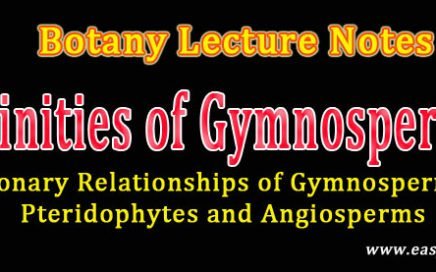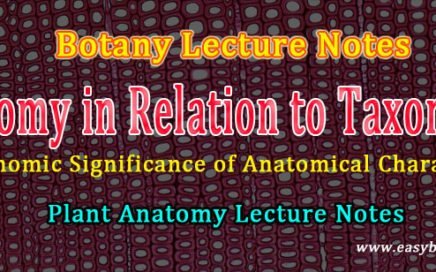
Classification of Gymnosperms by Sporne
There are many systems of classifications for Gymnosperms in the literature. In the previous post, we discussed the Chamberlain’s System of Classification of Gymnosperms. In […]

There are many systems of classifications for Gymnosperms in the literature. In the previous post, we discussed the Chamberlain’s System of Classification of Gymnosperms. In […]

Learning objectives: Evolutionary relationships and affinities of Gymnosperms with Pteridophytes and Angiosperms; Similarities and Differences between Pteridophytes and Gymnosperms; Similarities and Differences between Gymnosperms and […]

Sectioning in biology refers to the process of cutting a sample of tissue or an organism into thin sections for examination under a microscope. The […]

Learning objectives: General account of Killing and Fixing of Plant Specimens for Anatomical and Histological Studies; Agents used for killing and fixation – Alcohol, Formalin, […]

In many dicots, the root functions as a storage region. The secondary growth in these storage roots is usually anomalous type. Example: Secondary thickening in […]

Plant anatomy, the study of the internal structure of plants, is crucial in understanding plant systematics or taxonomy. Plant anatomy provides important information about the […]

Mirabilis jalapa (4 O’clock plant) and Nyctanthes belongs to the family Nyctaginaceae. In the previous post we discussed the anomalous secondary thickening in Amaranthus / […]

Anomalous secondary thickening in Amaranthus and Achyranthes occurs due to the abnormal activity of an abnormal cambium. Here, new cambial rings are formed from the […]

Aristolochia (Family: Aristolochiaceae) is a climber and the pattern of secondary thickening in the stem of Aristolochia helps its twining habitat. In Aristolochia, the cambium […]